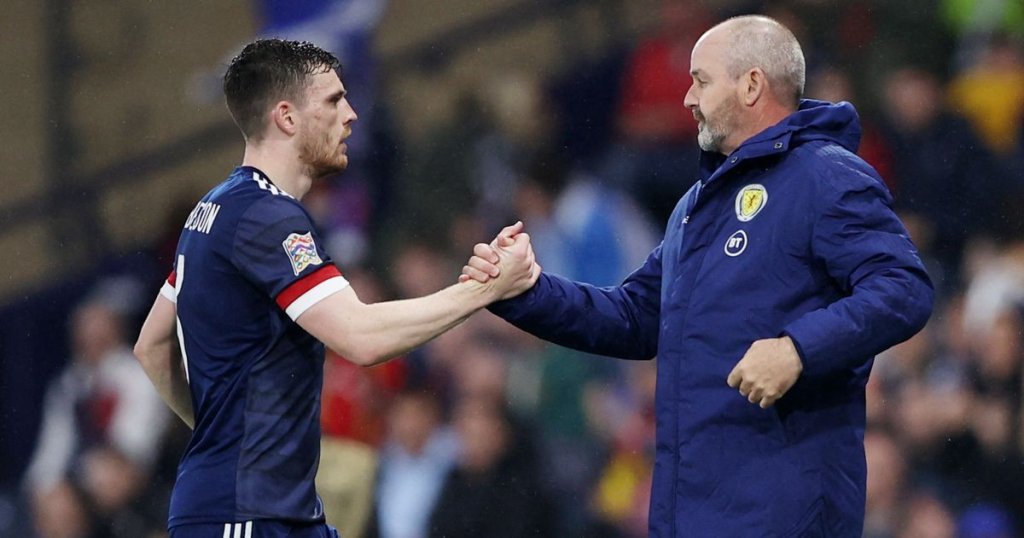

She also stashes ointment drops everywhere so that she’s never without them. She knows those things could trigger an erosion. When she travels, she pays attention to the wind and humidity. And she keeps medications, ointments, and drops on hand to mitigate pain, too. She avoids situations that might irritate her eyes. She says her level of pain is unpredictable. Learning empathyĪnn’s journey with chronic eye pain is a constant part of her life. Now, she says she wants to do the same for others. Her online community provided helpful tips and hope. When she was first diagnosed, she says she had no idea what to do. It has both emotional and practical benefits. “It’s a really good, very positive thing,” Ann says. They talk about their routines and ways they manage their symptoms. Ann has a monthly Zoom meeting with people facing similar challenges. The nonprofit focuses on improving the lives of people with chronic eye diseases. She's found support online through the Dry Eye Foundation. “It is very hard to find people who understand,” she says. But she says the worst thing is the horrific pain of corneal erosions. Driving can also be a challenge, so she tends to walk places. Finding a community that understood her painĪnn's vision fluctuates sometimes day to day and sometimes hour to hour. But her journey has been a back-and-forth of having erosions in one eye or the other. She’s never had erosions in both eyes at once. While the procedure brought some relief, it didn’t stop her condition from progressing.Ībout a year after the first erosion showed up in her left eye, she spotted erosions in her right eye. There, she had an anterior stromal puncture surgery, since several PTK surgeries hadn’t worked. Her corneal specialist referred her to another specialist at Duke University. And in the meantime, she continued to have erosions. It took Ann 6 to 8 months to get her vision back in that eye. But afterward, the eye can be irritated, red, and tear up often. “Recovery from that was horrible,” Ann says. Several months later, Ann had her first phototherapeutic keratectomy (PTK) surgery, a seconds-long laser surgery to treat her erosions. She put a bandage contact lens over Ann's cornea and gave her antibiotic drops to use. Her corneal specialist’s first step was to get Ann comfortable. Not just to any old ophthalmologist, because they don’t know,” Ann says. “You’ve got to get to a corneal specialist.

And he got her in to see a corneal specialist at Virginia Eye Institute. "I felt like I was misdiagnosed," she says.Īnn got a second opinion from an ophthalmologist in her hometown of Farmville, Virginia. So she went to an ophthalmologist in a nearby town, and that doctor told her she had shingles.īut the painful erosions in her left eye continued. The day she went to the ER, she says her doctor suspected her cornea was torn. Getting a diagnosis and a good corneal specialistīut finding the right diagnosis and treatment was tricky. She's also stopped wearing eye makeup that's incompatible with the ointment she applies to her eyes every night. She avoids driving when it’s dim or dark outside. She knows to open her eyes slowly in the morning to gauge her pain level. Seven years later, she has found ways to adapt to life with chronic eye pain and manage the pain as much as possible. It was the beginning of a long ordeal with recurrent corneal erosions (RCEs). The layer on the surface of her cornea had loosened from the layer underneath.Īnn, then a 50-year-old college associate professor in Virginia, drove herself to the emergency room (ER). But she knew the pain in her eye was a 300 on a scale of 1 to 10.

When Ann Cralidis woke up with what she would later discover was a corneal erosion, she didn’t know what it was.


 0 kommentar(er)
0 kommentar(er)
